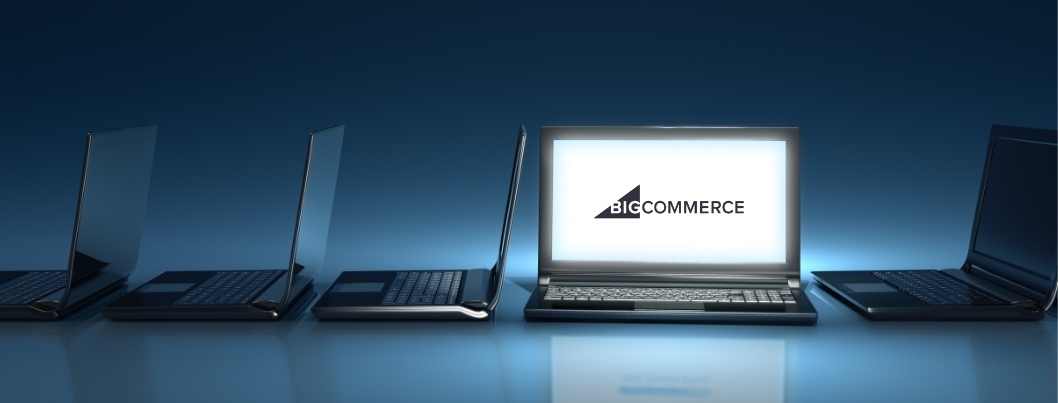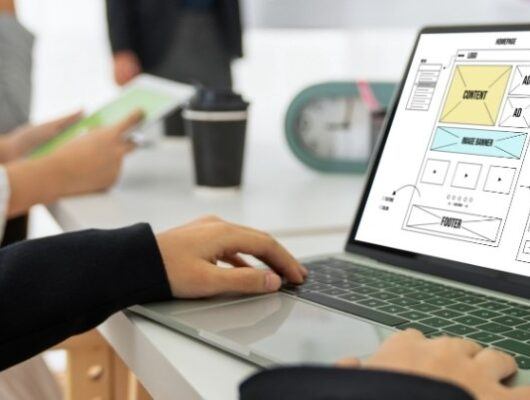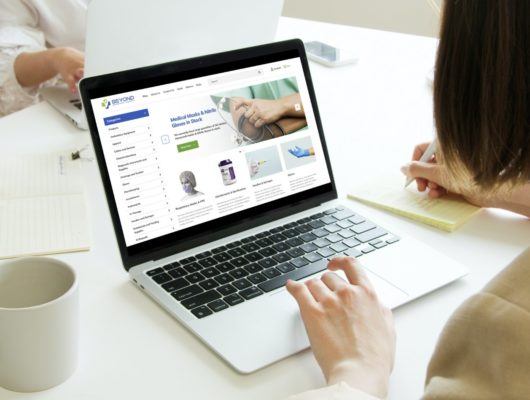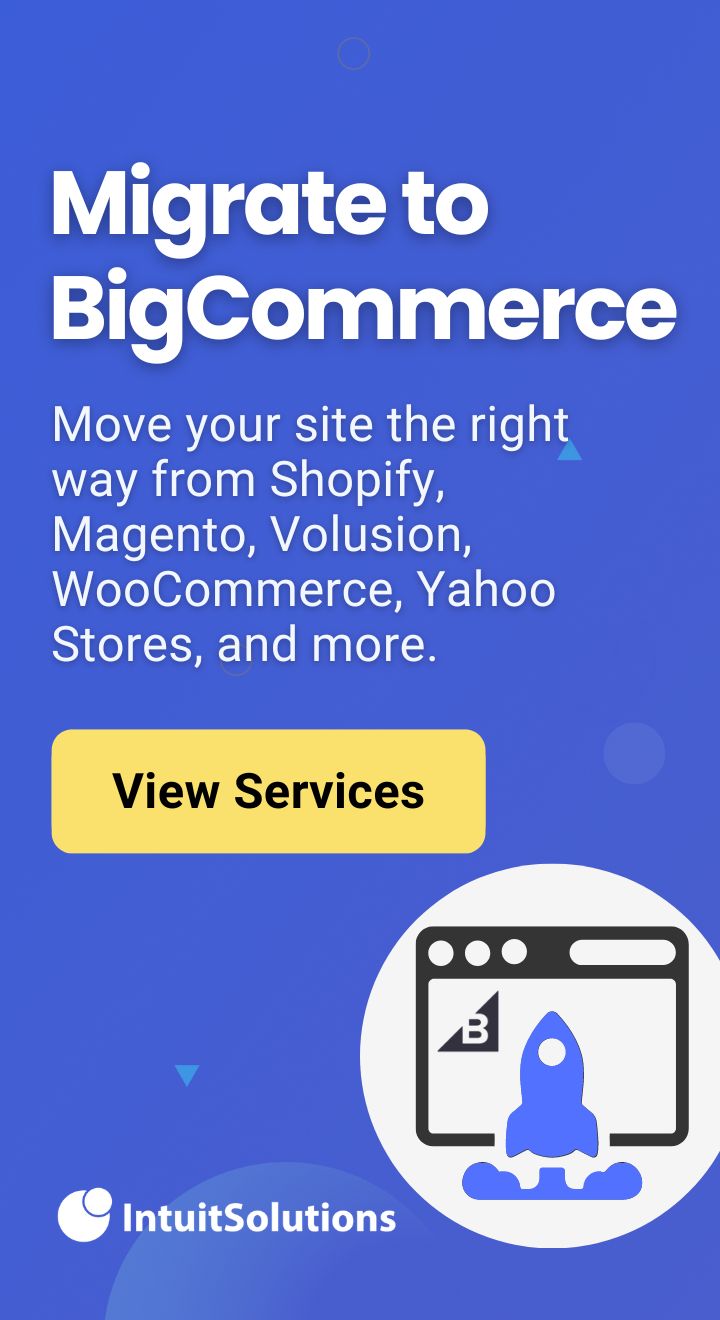Developing and Integrating Backend Technology for an Ecommerce Platform Migration
Welcome to the fourth installment of our content series, An Insider’s Look at Designing, Developing, and Launching a Successful Ecommerce Site Migration. Be sure to check out Installment 1 (Project Planning), Installment 2 (Design), and Installment 3 (Frontend Development) of our series in case you missed them.
Are you and your business being held back by an outdated ecommerce platform? For most merchants, the answer is yes, and the time to replatform is now. You know things could be better, but where do you start?
Through this six part series, get an insider’s look at our proven path to success, from goal-setting, evaluation, and discovery, through design, development, and integration, to launch and beyond. Follow the complete migration experience of our client, North Shore Commercial Door, as they upgrade to the BigCommerce Enterprise Platform — backed by the 20+ year ecommerce experts at IntuitSolutions.
Introduction
This guide will explore how to plan, evaluate, and implement your backend technology stack, ensuring all components work flawlessly together to support a profitable storefront. Take advantage of these must-know essentials for backend development if you’re planning an ecommerce migration or just want to learn more about the process.
Let’s get started!
Backend Development for an Ecommerce Platform Migration: What to Consider?
The frontend of your website encompasses the entire user experience and elements customers can see and engage with, including the design, layout, and functionality that responds to user input. The backend involves the technology and processes that support the frontend and other systems that work in the background.
Without a fully functional backend, your website may appear polished on the surface but malfunction for users or fail to support business operations.
Backend needs for an online business may include:
-
- Inventory management
- Payment processing
- Enterprise Resource Planning (ERP)
- Customer Relationship Management (CRM)
- Warehouse Management Systems (WMS)
- Product Information Management (PIM)
Three essential components comprise the backend:
-
- The web server receives user requests and responds by sending data from the backend to the frontend.
- The application server processes the web server data, generates the appropriate response, and executes workflows.
- The database stores and organizes all data, making it accessible to the website’s frontend and backend.
A thorough technical discovery process is the first step in putting the right backend technologies in place for any ecommerce migration.
Replatform the Right Way
Say goodbye to technical roadblocks. Experience an ecommerce migration without the headaches.
Technical Discovery for a Backend Migration
During the technical discovery phase, our goal is to understand the backend functionality involved in the website’s prior platform and what will carry forward to the new platform.
Businesses will address the following questions when planning their backend needs for migration:
- What backend functions are necessary to run our ecommerce store?
- Who are the current tech providers for those functions?
- Are we happy with each of these providers?
- What processes are missing or could be improved?
- What data points must be mapped and pulled into the new platform?
After conducting in-depth reviews with stakeholders, the project team begins putting a backend development plan in place. We assess the compatibility of new and existing technologies with BigCommerce and prioritize any missing elements that may lead to operational issues after launch.
North Shore’s Backend Development Requirements:
Evaluating Backend Technology for an Ecommerce Replatform
Migrating to a new ecommerce platform offers an excellent opportunity to identify and resolve pain points from the prior platform. While newer technologies may replace older ones, businesses may choose to retain some legacy systems.
The ideal technology stack is dictated by business needs in the following areas:
-
- Compatibility. New technology must communicate with legacy systems. Determine additional development resources needed to connect the old and new.
- Supportive Infrastructure. Site infrastructure must adapt to changing demands, including traffic spikes and order surges, without experiencing slowdowns or crashes.
- Security. Implement security features like SSL encryption, firewalls, and access controls. Schedule regular updates and patches to address any security vulnerabilities (if your SaaS platform does not do so already).
- Cost. Choose software and technologies that provide the features and functionality you need while fitting within your budget. Consider both the upfront spend as well as ongoing maintenance and support costs.
North Shore’s decision to migrate to BigCommerce stemmed from their need for a scalable solution to support limitless online growth. The platform’s advanced architecture, seamless integrations, robust security features, and cost-effective solutions make it the most modern open SaaS solution on the market today.
We analyzed how their established systems would connect to BigCommerce and evaluated whether they would require new technologies to meet their defined business needs.
Using this information, we created a comprehensive architecture diagram to help the team visualize backend applications and workflows.
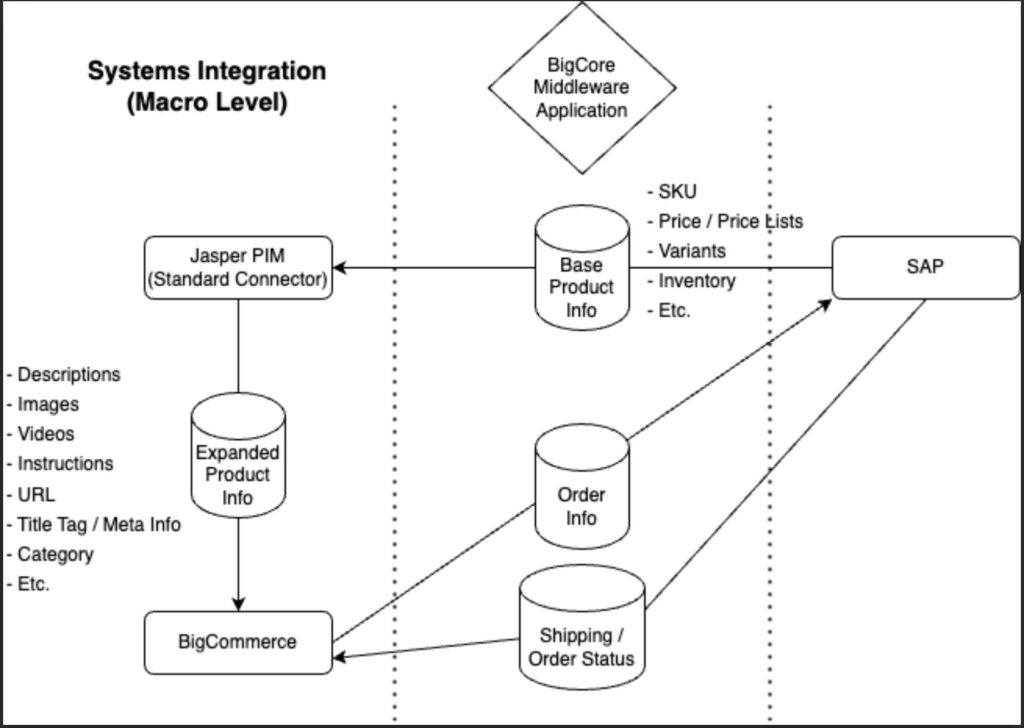
Our team utilized IntuitSolutions’ BigCore Technology to connect North Shore’s existing backend systems to BigCommerce. This proprietary technology efficiently connects BigCommerce with the rest of your tech stack, following the latest development practices and ensuring the highest level of security.
BigCommerce provided a flexible architecture to connect new and better technologies while still working with the systems we didn’t want to replace. IntuitSolutions’ BigCore Technology saved us a lot of time and frustration getting it all connected.
– Matt O’Donnell, VP of Sales and Marketing, North Shore Commercial Door
Developing the BigCommerce Checkout for Better UX and More Conversions
The checkout process is arguably the most critical stage of a shopper’s interaction with an ecommerce website. As the final step in the buyer’s journey, any disruptions during checkout can result in cart abandonment or worse, customers who never return.
Backend technology plays a vital role in supporting a frictionless frontend checkout experience by supporting payment methods, shipping options, and other checkout customizations that cater to your target customer. Thanks to the flexible technology behind the BigCommerce One-Page Checkout, our developers can implement custom solutions to accommodate a vast range of checkout requests.
When determining your backend checkout needs, consider the following:
- Payment Methods. Which payment methods will our website support—credit cards, debit cards, PayPal, and others?
- Security Features. What security protocols like HTTPS, SSL certificates, and tokenization will we need to protect sensitive customer data?
- Shipping Options. What technology will provide different shipping options for B2C and B2B buyers?
- Taxes and Fees. What technology will assign and calculate taxes and fees automatically?
- Order Management. After an order is placed, how will the checkout communicate with the backoffice to initiate fulfillment?
Utilizing Ebizio Checkout technology, our Custom Checkout Development services for BigCommerce provided a comprehensive checkout solution suited to North Shore’s custom specifications.
Key Takeaways: Planning Backend Components for Your Ecommerce Migration
Moving to a new ecommerce platform goes far beyond migrating user-facing design and content. It requires a meticulous evaluation of backend technology facilitating vital ecommerce functions that power your online store, such as payment processing, order fulfillment, and data management.
By carefully planning the backend infrastructure and teaming up with our experienced BigCommerce developers, your business can successfully migrate to a new ecommerce platform without disrupting operations or losing revenue.
Up Next
In our next post, we take a closer look at the testing and launch process for an ecommerce migration. If you missed them, catch up on our previous installments, where we outline the Project Planning Process, discuss creating a Design Foundation, and explore Frontend Development.


